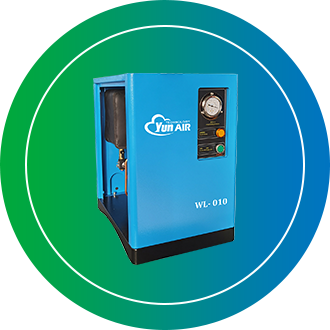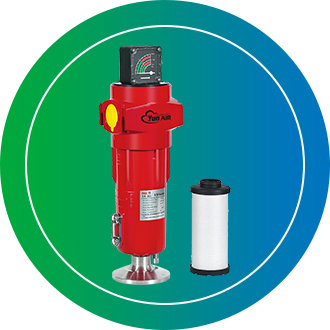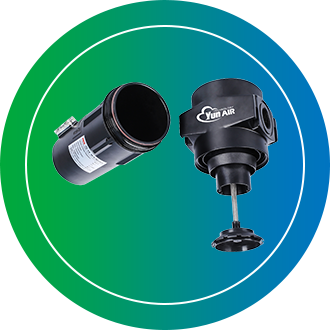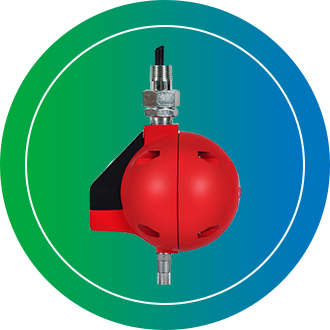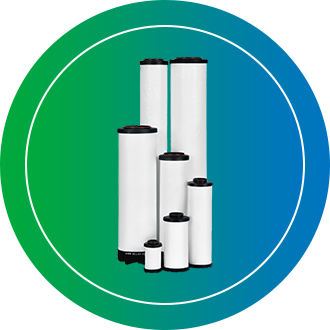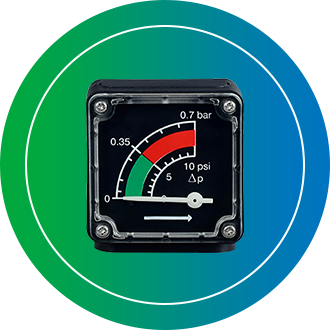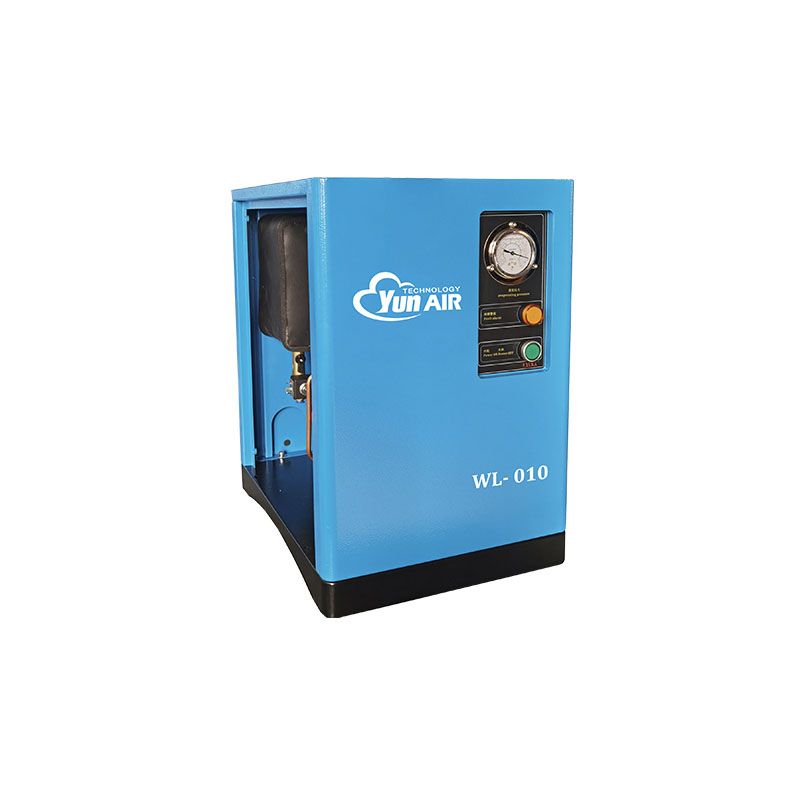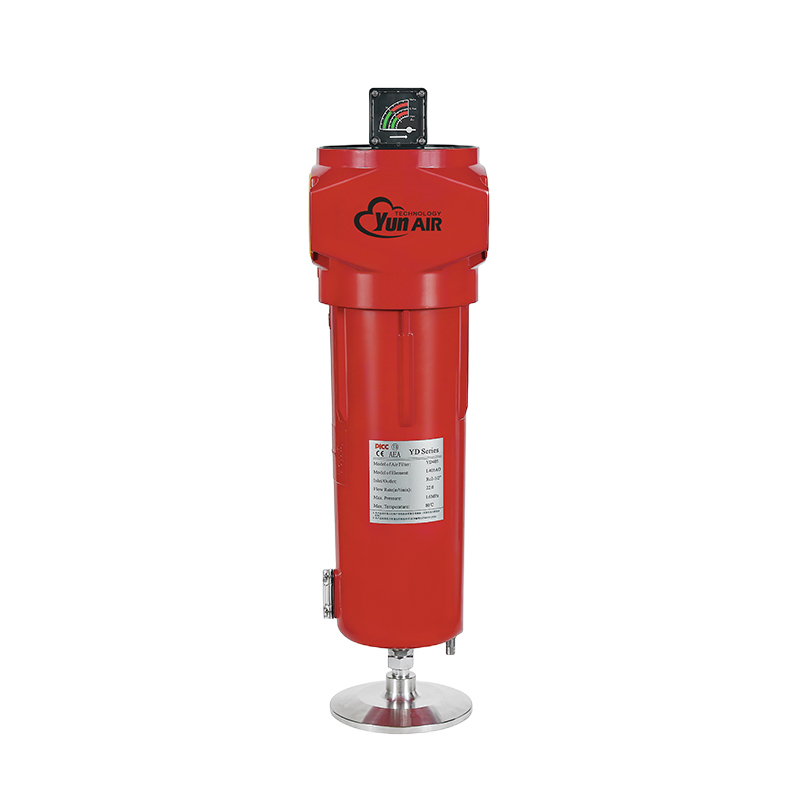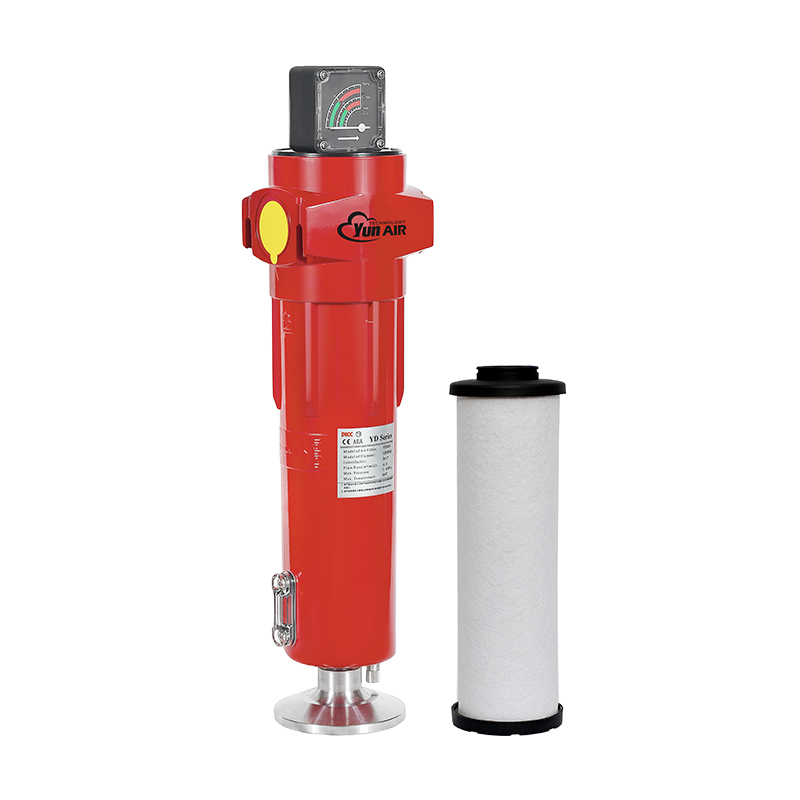Dry, oil-free compressed air is widely used in the textile industry. Oil-free means more efficient production, lower repair & maintenance costs, improved product quality and less waste.
Jet weaving: reduces downtime, reduces replacement costs, reduces scrap rate, does not clog and damage nozzles, does not pollute fabrics
Jet spinning: Provides smoother production and less maintenance. The use of clean air prevents nozzles from collecting debris and yarn from becoming contaminated
Pneumatic conveying: Avoid instrument damage and pipeline blockage, increase safety, eliminate unqualified products and fire, and prevent damage to the controller and instrument components.
Weaving: Reduce production interruptions, improve yarn quality, and prevent sludge blockage which causes uneven mixing and yarn damage.
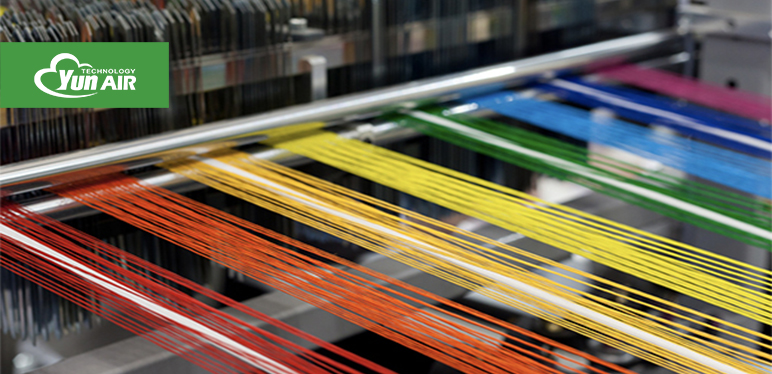
In the textile industry, compressed air should not contain the following pollutants:
The compressed air used for weft insertion cannot contain water. This is because the water will precipitate in the compressed air pipeline, condensing into water. Therefore, the pipe wall is filled with dust. If there is water at the nozzle will affect the eruption quality, resulting in the reed, parts rust.
The oil vapours in compressed air will contaminate the fabric and produce defective products. In addition, the oil pollutants will stick to the nozzle outlet, which will affect the jet force of the nozzle and the trajectory of the jet stream. This will result in the deterioration of the weft insertion.
So air-jet looms require clean, dry compressed air to operate effectively. The quality of compressed air should meet the ISO8573-1 standard for compressed air quality.
Therefore, YunAir reminds users that when installing a compressed air purification system, it is important to choose an efficient and reliable compressed air dryer and compressed air filter in order to effectively remove moisture, particles, and oil vapor.

